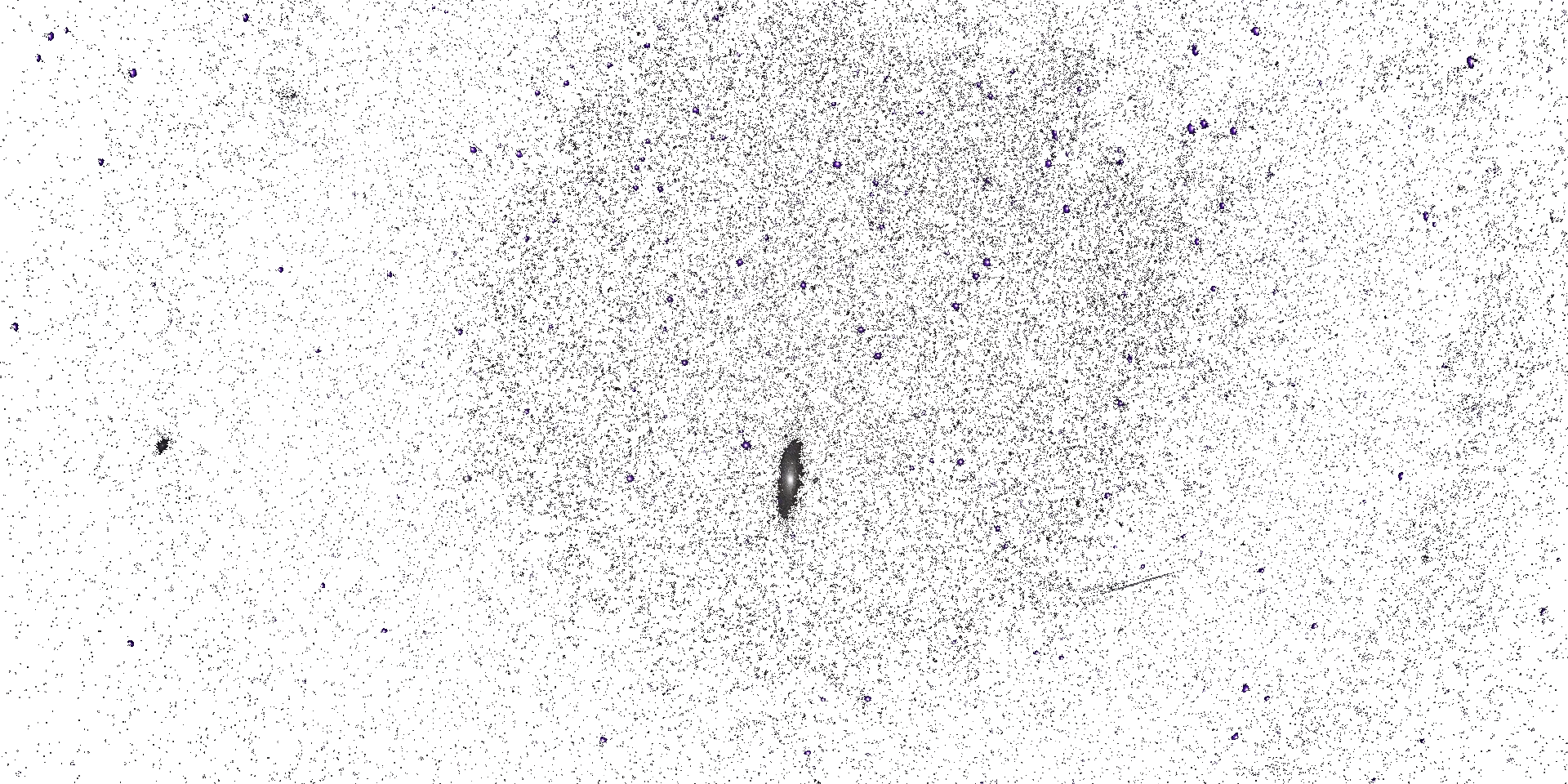




Space Climate 8 Meeting Abstract
The CME rate and implications for the heliospheric magnetic structure and space weather based on data from 1996
Grzegorz Michalek (Astronomical Obsrvatory of Jagiellonian University)
Currently, thanks to satellite observations conducted for over two solar cycles (SC 23 and SC 24), differences in physical parameters describing CMEs and the interplanetary medium were noticed. The most striking feature is that in SC 24 we observed much more CMEs compared to SC 23 although the solar spot number (SSN) shows the opposite trend (utilizing the CDAW database, SOHO/LASCO catalog). However, we must be aware that CMEs can also originate, not only from active regions but also from polar crown filaments or streamers. It was demonstrated that the enhanced CME detection rate can be simply explained by the global evolution of the magnetic field on the Sun, and not only changes in the magnetic structures associated with sunspots. Since 2004, the solar magnetic field has become very complex with the specific structure of streamer belts and coronal holes and was able to generate many low energetic events. Additionally, these intriguing observations drew the attention of scientists not only to the Sun but also to the conditions prevailing in the interplanetary medium. In such an environment, CMEs could easily eject and expand due to the significant decline in total (magnetic+plasma) corona and interplanetary pressure caused by the extended and low last minimum of solar activity (between SC 23 and SC 24). As a result of these two factors (an increase in solar magnetic field complexity and a decrease of total interplanetary pressure), a real increase of the CME rates recorded by the CDAW catalog since 2004 is observed. These differences are also reflected in the properties of the halo CMEs in SCs 23 and 24. The occurrence rate of halo CMEs in both cycles was similar and it turned out that in SC 24 CMEs become halo events sooner and at lower speeds compared to SC 23. We will discuss the CME rate and implications for the heliospheric magnetic structure and space weather based on data from 1996.
